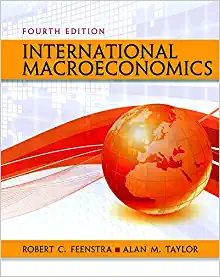

REFERENCE MATERIAL ATTACHED:
Chapter 2-Comparative Economic Development Activity From Wikipedia, the free encyclopedia. Purchasing power parity (PPP) is a measurement of prices in different countries that uses the prices of specific goods to compare the absolute purchasing power of the countries' currencies. Our reference material defines it as the calculation of GNI using a common set of international prices for all goods and services to provide more accurate comparisons of living standards. Purchasing power parity is an economic indicator used to calculate the exchange rate between different countries for the purpose of exchanging goods and services of the same amount. Where, S = Exchange Rate. P1 = Cost of goods in Currency 1. The Purchasing Power of the Peso (PPP) is a measure of the real value of the peso in a given period relative to a chosen reference period. It is computed by getting the reciprocal of the CPI and multiplying the result by 100. Purchasing power parity (PPP) allows for economists to compare economic productivity and standards of living between countries. Some countries adjust their gross domestic product (GDP) figures to reflect PPP. GDP PPP (purchasing power parity) is gross domestic product converted to international dollars using purchasing power parity rates. PPP exchange rates are relatively stable over time. For this reason, PPP is generally regarded as a better measure of overall well-being. Drawbacks of PPP. The biggest one is that PPP is harder to measure than market-based rates. The Gross Domestic Product per capita in Philippines was last recorded at 8908.20 US dollars in 2019, when adjusted by purchasing power parity (PPP). The GDP per Capita, in Philippines, when adjusted by Purchasing Power Parity is equivalent to 50 percent of the world's average. source: World Bank9000 8516.1 8500 8120.8 8000 7705 7300.1 7500 6973.6 7000 6666.3 6351.3 6500 6043.6 6000 2010 2012 2014 2016 2018 2020 SOURCE: TRADINGECONOMICS.COM | WORLD BANK Philippines GDP PPP Per Capita is forecasted to be 9,271.067 PPP Intl $ in Dec 2021 as reported by International Monetary Fund. It records an increase from the last reported number of 8,573.704 PPP Intl $ in Dec 2020. Looking ahead, Philippines GDP PPP Per Capita is projected to stand at 12,070.292 PPP Intl $ in Dec 2025. The data is updated yearly and is categorized in CEIC under World Trend Plus's Country Forecast - Table IMF.WEO: Gross Domestic Product: Purchasing-Power-Parity (PPP): Per Capita: Current Prices










